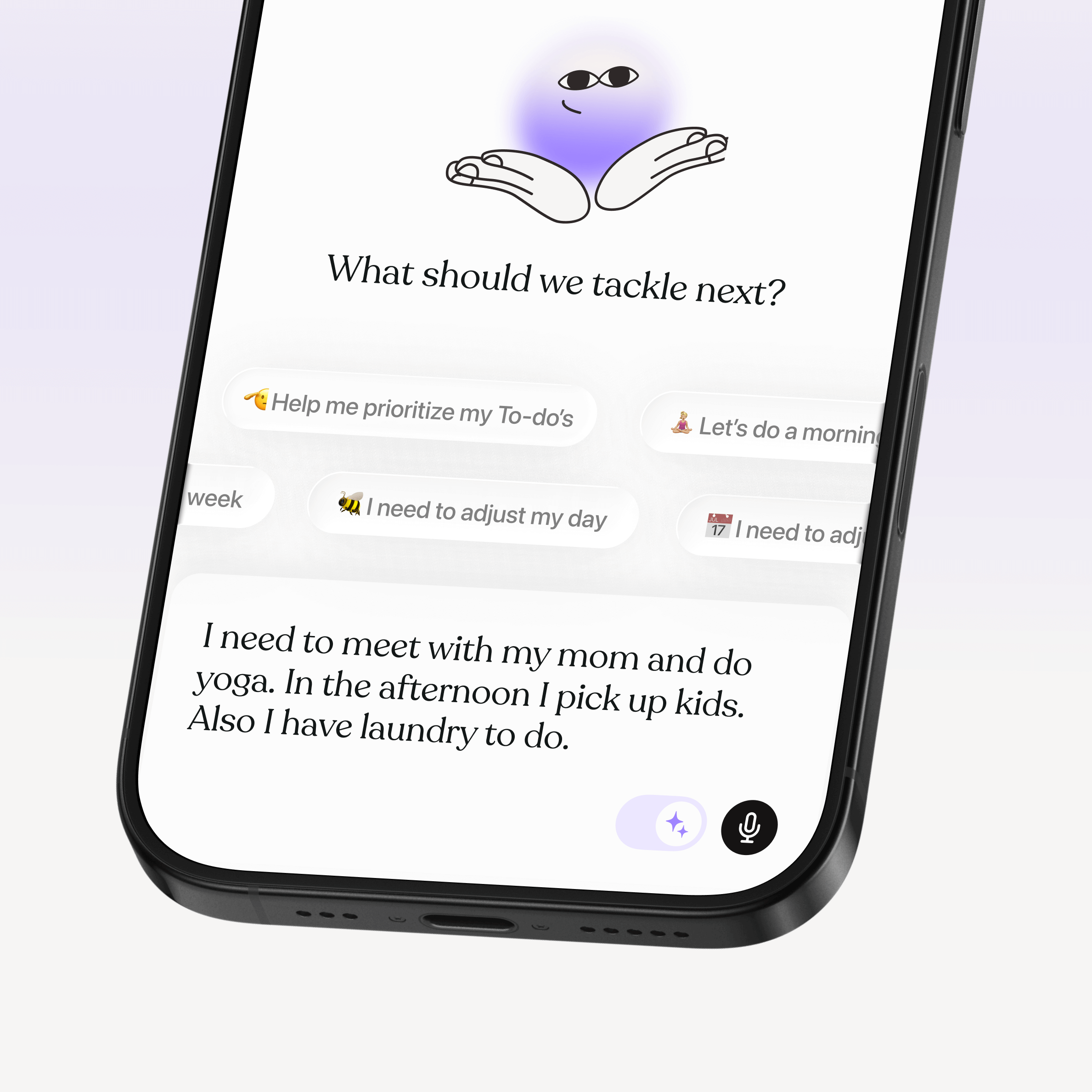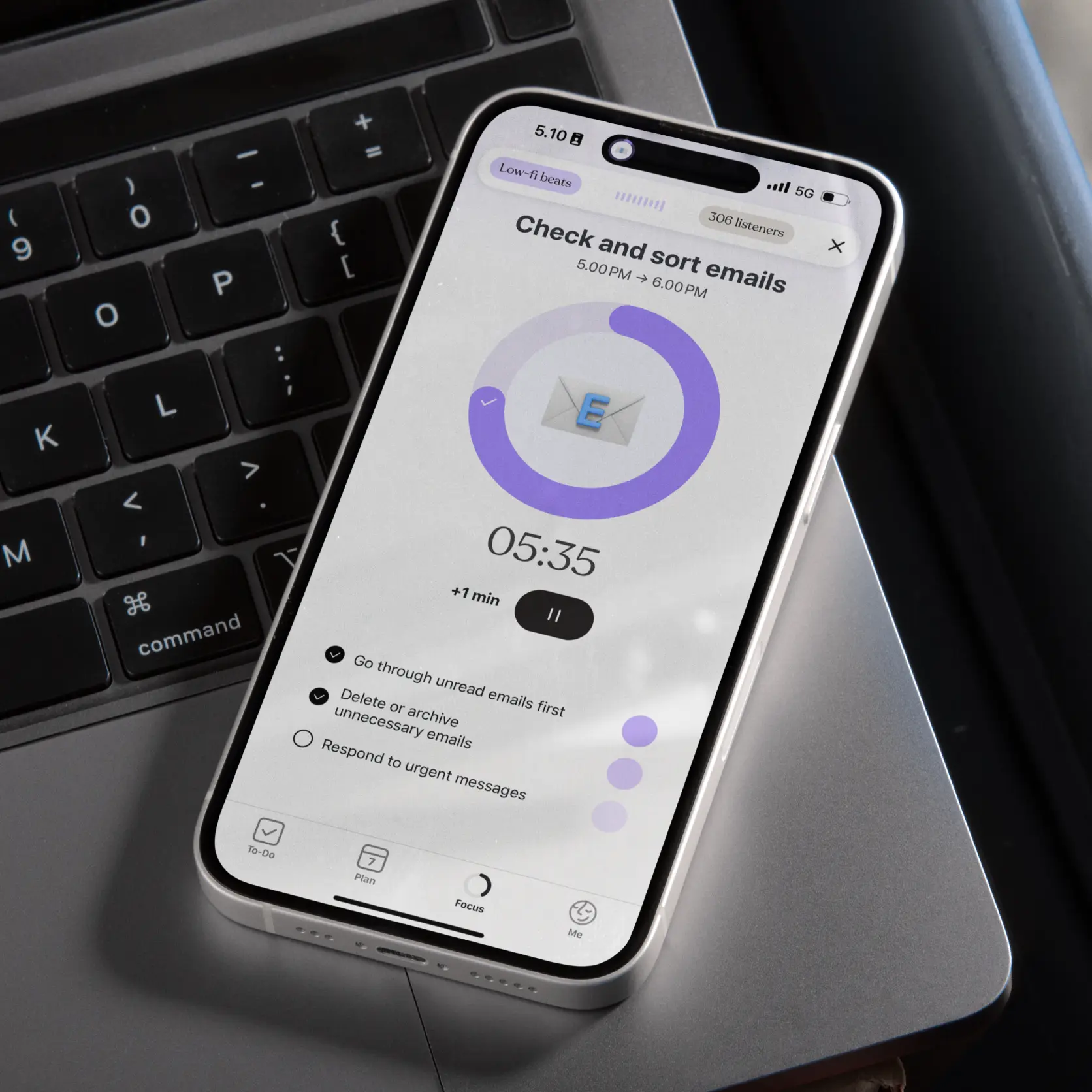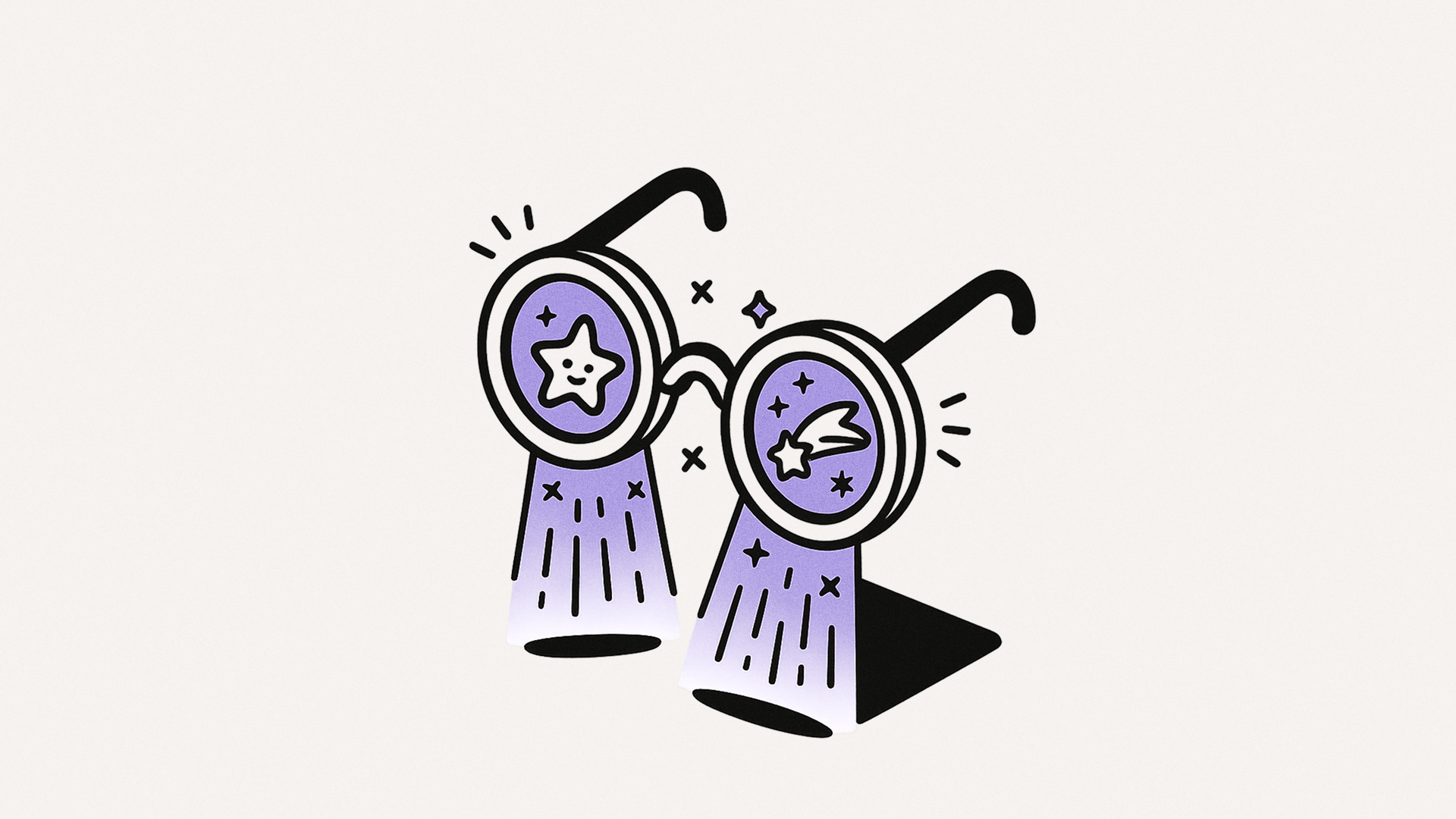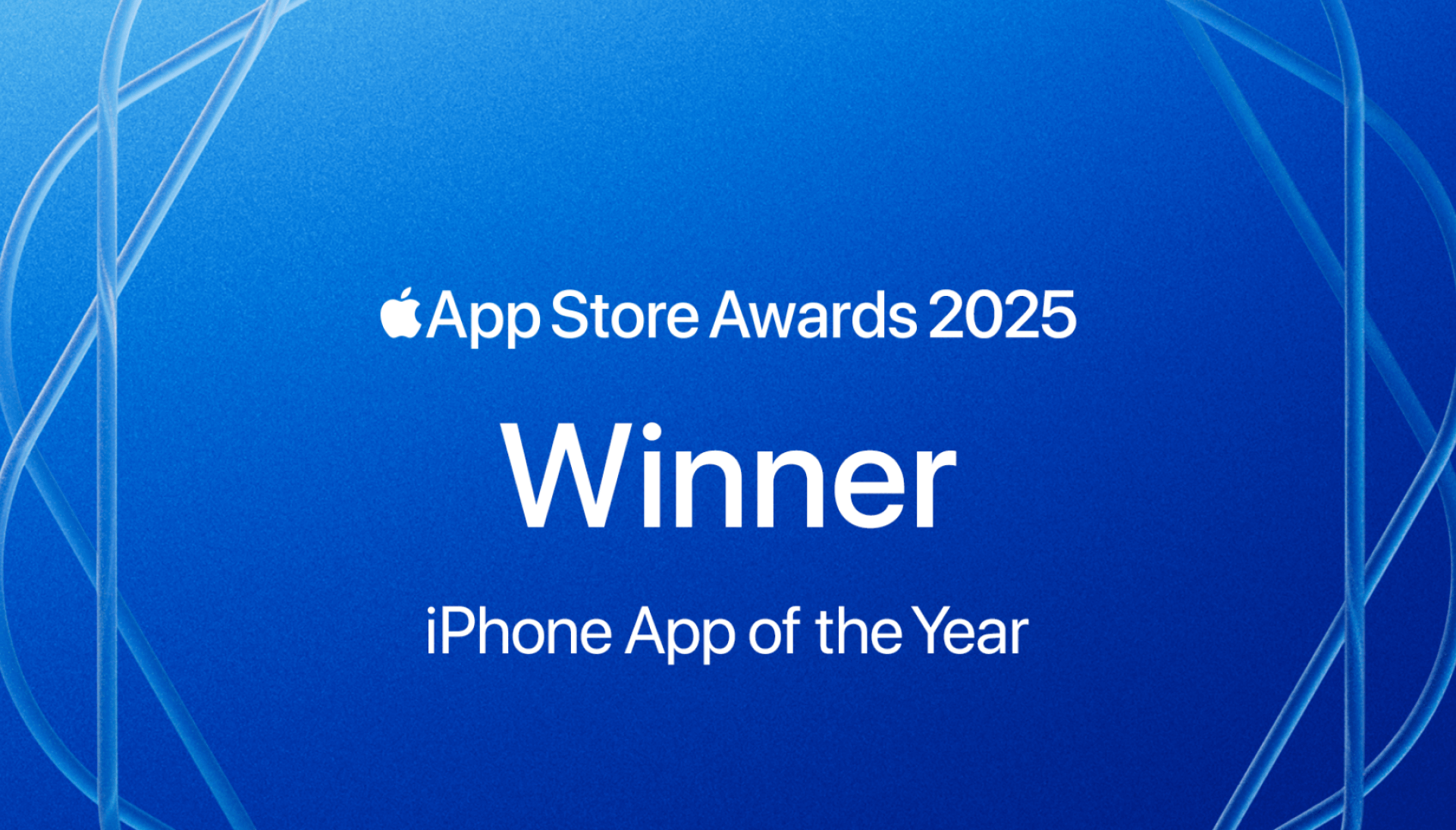Structured: Clean and precise
Structured keeps things simple with a clean, minimalist interface that focuses on clarity and precision. If you're someone who gets distracted by too many visual elements, this straightforward design might be exactly what you need.
TTP Score: 82
What it does well:
- Simple daily planning layout with time-blocked scheduling
- Customizable task durations and reminder systems
- Works seamlessly with Apple devices if you're in that ecosystem
Who should try it: Structured works great for students who need clear time boundaries for academic schedules, researchers organizing complex projects that need precise timing, and professionals who work in time-sensitive environments but don't want visual overwhelm.
Cost: Free version with premium subscription for extra features.
TimeBloc: See your whole life in balance
TimeBloc helps you balance different parts of your life through time blocking that actually makes sense. Its visual interface helps you see how work, personal time, and self-care fit together instead of constantly competing with each other.
TTP Score: 77
What it does well:
- Time blocking for managing both tasks and life balance
- Customizable categories for different areas (work, health, relationships, hobbies)
- Syncs with other calendars across all your devices
Who should try it: TimeBloc is great for people trying to get better work-life balance, parents juggling complex family schedules, freelancers managing multiple projects with shifting deadlines, and anyone who wants to make sure they're actually spending time on what matters to them.
Cost: Free version with premium features available.
Habit Tracker: Building routines that stick
Habit Tracker focuses on helping you establish and maintain consistent daily and weekly routines. It's really good at tracking patterns over time and giving you motivation for long-term changes, which can be super valuable if you're dealing with ADHD and struggling with consistency.
TTP Score: 76
What it does well:
- Flexible habit tracking that adapts to your schedule
- Progress tracking with insights and statistics that actually motivate you
- Pattern analysis to help you understand what works and what doesn't
Who should try it: Habit Tracker works well for people building health and fitness routines, students trying to create consistent study habits, anyone working on personal development through small daily actions, and people who get motivated by seeing visual progress over time.
Cost: Free version with premium features if you want more.
To-Do List: Just the basics
To-Do List keeps things super simple and focuses on essential task management without overwhelming you with features you don't need. If complex systems stress you out more than they help, this streamlined approach might be perfect.
TTP Score: 76
What it does well:
- Simple task entry and management without complicated setup
- Customizable reminders and notifications
- Works across all your devices so you can access it anywhere
Who should try it: To-Do List works for people who prefer minimal interfaces, those who get overwhelmed by feature-heavy apps, busy parents managing household tasks efficiently, and anyone who wants reliable task tracking without having to learn complicated systems.
Cost: Free version with premium upgrade available.
Figure out what works for your brain
The right planning app really depends on how your brain processes information and what kind of support you actually need in your daily life.
Try a more visual app like Tiimo if you:
- Get helpful information from color-coding and visual cues
- Need external structure to support executive functioning challenges
- Like seeing your whole day laid out visually rather than in boring lists
- Find that good-looking, engaging design actually motivates you to use stuff consistently
Try a cleaner app like Structured or To-Do List if you:
- Get overwhelmed when too many visual elements are competing for your attention
- Prefer interfaces that feel calm and organized
- Want to focus on getting stuff done rather than how pretty it looks
- Find that simpler designs actually help you concentrate on what needs to happen
Try time-blocking apps like TimeBloc if you:
- Struggle with work-life balance and need to see clear boundaries
- Want to understand how different parts of your life fit together throughout the week
- Do better when you have dedicated time slots for various activities and responsibilities
- Need to make sure you're actually prioritizing self-care alongside work stuff
Remember there's no universal "best" app that works for everyone. The most effective planning system is one that feels supportive instead of stressful, matches how your brain naturally works, and reduces daily overwhelm instead of adding to it. Try out a few different approaches to see what actually clicks with your brain and lifestyle.










